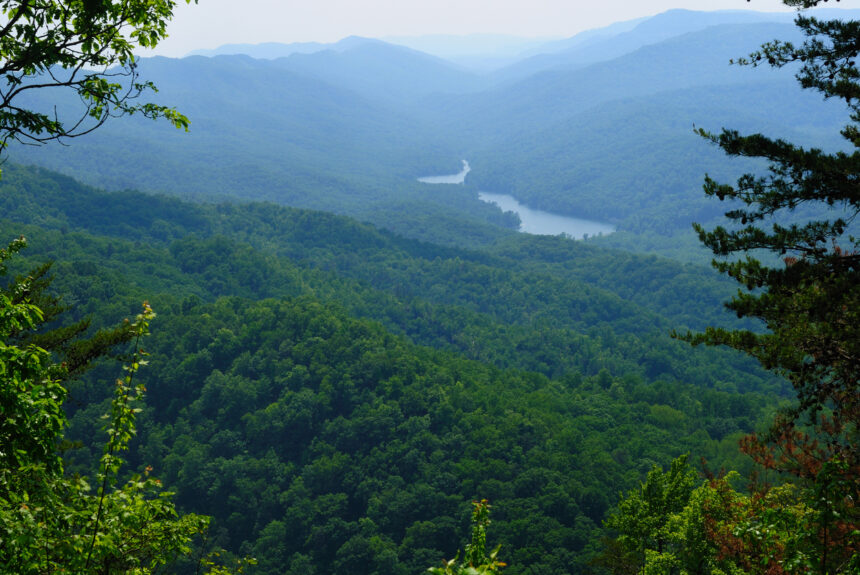Climate finance has historically focused on clean energy and emerging transportation technologies. While finding solutions to decarbonize these industries is important, Wall Street has historically overlooked nature-based solutions. Now innovative financing structures like blue bonds, forest resilience bonds, and green bonds are making nature-based solutions more lucrative, which is attracting increased private investment.
One organization using conservation bonds and other financial tools is NatureVest, The Nature Conservancy’s impact investing arm. NatureVest has set out to “engage private capital to rapidly scale critical conservation work around the world by creating investment opportunities in a wide variety of sectors that deliver environmental results and financial returns for investors.” Investors have clearly found this goal appealing as NatureVest has handled $3.1 billion in capital since it officially launched in 2014.
The NatureVest team looks for places where both conservation and financial returns can be delivered in a few different areas such as forestry and carbon, fisheries and aquaculture, clean water solutions, and infrastructure. From there, the team structures and executes green financial deals that specifically help conserve land and reduce carbon.
NatureVest put the model into action with the $130 million purchase of more than 250,000 acres in the Cumberland Forest in 2019. One of the organization’s largest American land deals to date, the purchase included land in Kentucky, Virginia, and Tennessee where the coal and timber industries have long functioned.
The property, which is larger than the Shenandoah and Acadia National Parks combined, has more than 700 miles of streams that feed into key rivers and is one of the most biologically rich areas in the eastern United States. NatureVest is generating revenue from this purchase by enrolling the land in California’s voluntary carbon market, where companies will pay to offset their emissions, and by allowing sustainable forestry throughout the project.
“The Nature Conservancy’s ardent donors and supporters have made it clear how much nature means to them,” the organization explained. “With this latest effort, The Nature Conservancy is showing that by identifying the economic value of nature, in language that financial markets understand, private capital can be enlisted to do even more to solve pressing challenges like climate change and habitat loss.”
The Cumberland Forest Project is just one example of NatureVest at work. Since 2014, the team has closed 15 different investment deals around the world. With the $3.1 billion invested through these deals, NatureVest has tracked 160.1 million tons of carbon emissions avoided, 12.6 million acres of land sustainably managed, 256,000 acres of protected land, and 1.12 million square miles of ocean protected.
>>>READ: Bobcat Company Funds Parks Through New Partnership
NatureVest is clearly putting impact investing to work and making great strides forward for the planet, but they are not the only ones. The World Wildlife Fund, the Conservation Finance Network, Conservation International, The National Fish and Wildlife Foundation, and other conservation organizations have launched their own impact investing arms to do similar work. The private investment world is also seeking out green investment opportunities. All of these sources help contribute to the recent surge in conservation investing.
The free market is unleashing climate progress in the energy, industrial, and transportation sectors. Now, private finance is also directing its attention to funding conservation projects across the country, which is something that conservationists and conservatives can celebrate.
Kelvey Vander Hart is a native Iowan, a member of the American Conservation Coalition, and a communications specialist at Reason Foundation.
The views and opinions expressed are those of the author’s and do not necessarily reflect the official policy or position of C3.
